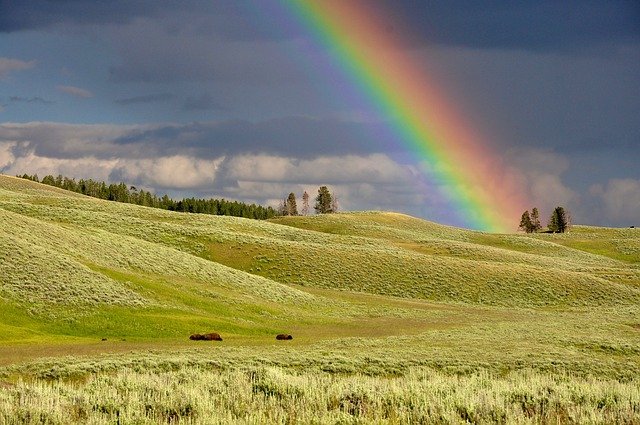We marvel at the multicolored rainbows that light draws on microscopic drops of water. But why does white light break up into so many shades?

In many cultures around the world, there are legends about rainbows, in which their appearance is often associated with otherworldly forces. And although the rainbow has nothing to do with magic, not everyone knows where it comes from and why it is so colored.
Why is the light white and the rainbows colored
In 1666 , Isaac Newton noticed that the waves of sunlight penetrating through his window and falling on the prism are divided into 7 different colors. This phenomenon helped him realize that, in fact, light is a combination of different colors.
Indeed, sunlight is a mixture of electromagnetic waves of different colors, each of which has its own length and propagation speed. When a light beam hits a prism, it refracts and slows down (after all, it cannot move as easily inside the prism as in empty space). And when it comes out of the prism, it refracts again, changing its direction.
In addition, the prism divides white light into several components. One part of it moves slowly and refracts more than the other. The other part moves faster and refracts less. Thus, red light waves propagate at a high speed and have the least bending. Orange waves move a little slower and are slightly more refracted. The slowest waves are violet light, and they are refracted the most.
Just as a beam of white light splits into rays of different colors inside a prism, it also splits inside the smallest water droplets that accumulate in the atmosphere after rain. Light waves pass through the droplets, refracting and reflecting from their inner walls. The reflected light is directed to the opposite side of the drop, again refracting and splitting into rays of different colors, which are called the spectrum. When light waves bend, reaching the opposite wall of the drop, they do not completely pass through the water, but are reflected again. The transformed beam of white light at the exit from the drop is perceived by the human eye as rays of different colors.
